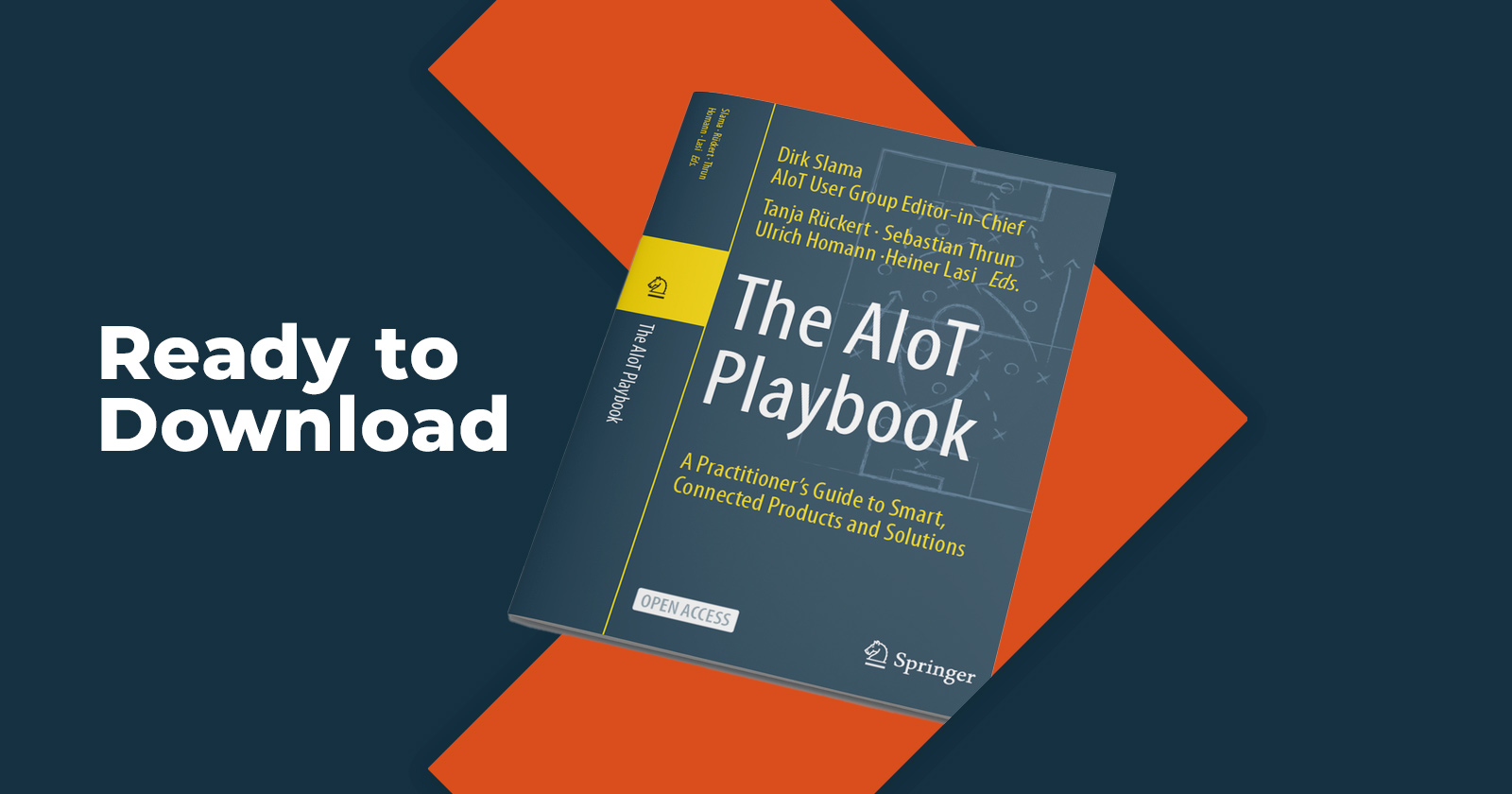Value Vector
7 Things to Consider Before Beginning Your Digital Transformation
Sandra Mueller

With technological advancements embedding themselves in every component of our lives, it follows that bricks and mortar, paper-wedded and legacy-based businesses are opening their eyes to the potential of digital transformation. It has promises of greater insights, increased efficiency, cost-cutting and new monetization models. Internet of Things (IoT) solutions enable breakthrough results by connecting the physical world to the digital world in ways that can turn pain points into competitive advantages. IoT technologies and solutions enable businesses to analyze data generated by sensors in a world of intelligent and connected devices. This data can transform your business, revealing hidden patterns and insights that can help you make more informed decisions and take action more quickly.
To use IoT as a medium to transform your businesses, realize tangible value, and deliver powerful outcomes is not as simple as merely designing an app and embedding a few sensors on legacy machinery. Each specific situation poses a unique set of challenges and opportunities for businesses across specific industries. The challenges of cultural change, bridging the IT/OT gap, and ensuring a suitably skilled workforce each involve special consideration before leaping into digitization. A poorly planned, misguided digitization endeavor can not only waste time and money but alienate existing employees and customers leading to a loss of esteem and reputation. To harness the full potential of the Internet of Things, every IoT project needs to be approached with a value-focused mindset and careful planning.
Momenta Partners are deep practitioners in technology-led Digital Transformations, approaching these as deep Connected Industry practitioners vs. broad consultants. The following are seven key considerations we've seen across our engagements to get you started on the right foot:
1. Understand your ecosystem - turning pain points into competitive advantages
The Connected Industry is exactly as it implies, everything is connected. Organizations are expanding beyond traditional industry supply chains and silos and bringing together networks. This includes suppliers, customers, competitors, distributors, compliance and government agencies involved in the delivery of a specific product or service. With this comes great opportunity and also many challenges.
It is essential you start to understand your ecosystem and be aware of your current and future capabilities within the system to bring value through these connections and collaborations. This will even accelerate time to value for innovative development with previously unattainable access to resources at suppliers, partners and customers. These opportunities further emphasize the importance of relationships, partnerships, and openness for collaboration across your network.
2. Understand the technical landscape for your industry.
In planning for digital transformation, you may be confronted by a confusing cornucopia of vendor lead solutions. Each promise much but offer little clarity in terms of points of difference, cost comparisons, and competitive advantage. Talk to your networks, predecessors and those in your ecosystem to develop a tech map that evaluates the technology landscape for your industry, creating an IoT vendor map, ranking vendors within technical categories and highlight the breadth and depth of their capabilities. There are also tools online to start the process such as Beecham Research's IoT Pilot, the first fully-independent online tool to match user needs with IoT platform capabilities.
3. Start where you have an immediate impact
Digital is not a destination; it is a journey that requires businesses to be agile. Ninety-four percent of mature businesses plan to address the threat of digital disruption through transforming systems and processes to be more agile in the digital world. Agility is also seen as one of the top five metrics to measure the success of digital programs.
In contrast, less mature businesses plan to address the threat by developing “shiny objects”. These are connected products and services when key success metrics include tactical indicators such as the number of customer orders handled.
When considering where to start, look to your ecosystem and focus on where you can have the most immediate impact and influence. For example, if you are a manufacturer, it would make sense to get 'your toe in the water' with simple solutions with suppliers, or your distributors ecosystems where you have more mature and credible relationships. Do this before jumping in with a new product or service that will transform consumer's experience requiring more of your ecosystem to be aligned.
4. Change the way you innovate
In the past, the most complex question with technology led innovation was to ‘build or buy’. With the Connected Industry there is a plethora of technology choices across the IoT technology stack. Bringing these together can be daunting to the uninitiated, but exhilarating to those looking to build innovative, agile, lean business solutions.
Ensuring you are always driven by the business need is essential. Nothing has changed here, but how you deliver the outcome may open up new ways of doing business. You may look to incorporate venturing, strategic partnerships, acquisitions, in-house development or services purchased for parts of all of your solution, all focused on time to value and competitive advantage.
5. Understand how our jobs will change - and our workplaces
Successful digital transformation is really all about people. Cultural and organizational issues are key transformation challenges even for mature firms. While people bring a history of knowledge and core skills to a workplace, they also bring less tangible assets such as creativity, emotional intelligence, and interpersonal skills. What makes us human is most likely to be some of our most desirable assets in the workplaces of the future.
Staff support and buy in is essential. Members of your organization need to understand why the new technology is being introduced, including how will it improve their ability to do their jobs, and what makes it the right tech at the right time. Even at an in-house level, moving away from paper, fax and spreadsheets can be a be shift. Try different tools such as slack, trello, skitch or dropbox. You'll probably find many of your employees are using them outside of work, so ask for their opinions.
6. Keep people in the loop and create a communication plan
The communication plan should come from identifying internal stakeholders, deciding when you’ll send your first introduction email and determining a schedule for training among many other things. Involve your staff in the decision making rather than having it put upon them wherever possible. A variety of communication methods is important as well. Some employees may respond better to a conference call instead of an email or vice versa.
As business gets more connected there will be more transparency across the ecosystem including your internal organization. As a result, the way we all go about our jobs and the basis of relationships and interactions will also start to change as we are armed with much more information than ever before. We may work from home, remotely, or change the need for 9-5 desk based roles. This is an important human consideration that should be addressed by every organization, as this will create different dynamics across the business for which traditional process and control may no longer be effective.
7. Get the right leadership and external advice
It is essential that you have the right leader in place to lead your Connected Industry strategy – a blend of extensive domain knowledge, innovative thinking, and strategic agility. The strategy must be leadership endorsed, and widely communicated to ensure success is not a notional way point but a prescriptive and measurable target engaging people at all levels of the organization.
External advisory support from well-connected business partners such as Momenta Partners that are having interactions on a daily basis with the larger connected industry ecosystem will provide you insights, guidance, and offer up challenges. All of which are required for effective leadership of an IoT strategy.
Ultimately, the best solutions benefit from strong collaboration and multiple perspectives. Our diverse, well-established portfolio of alliances and capabilities is a key part of our winning recipe for serving clients successfully. Momenta Partners has a network of IoT and Connected Industry advisors all over the world focusing on the organizational implications of IoT in areas like security and privacy, emerging technology, strategy, architecture, analytics, and implementation. We approach every Connected Industry scenario with a value-focused mindset and are available to support your journey in digitally evolving your business.
Drowning in hype cycles and statistics about IoT, blockchain and Connected Industry? Momenta Partners takes a fresh look at the challenges confronting industry through a series of thought pieces: podcasts, webinars, blog posts and whitepapers. Learn how our industry insights can help grow your business.



